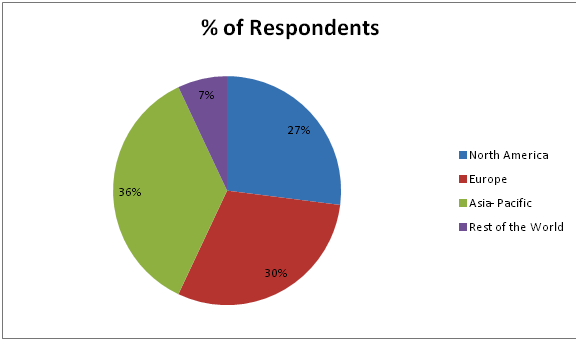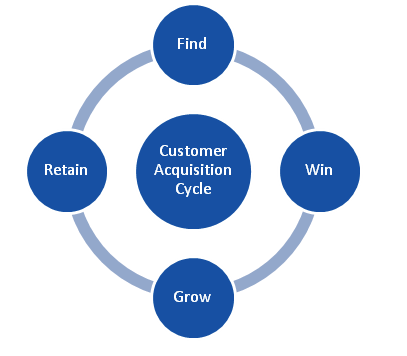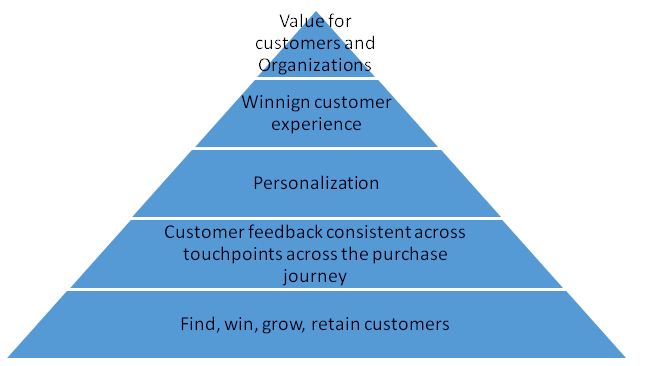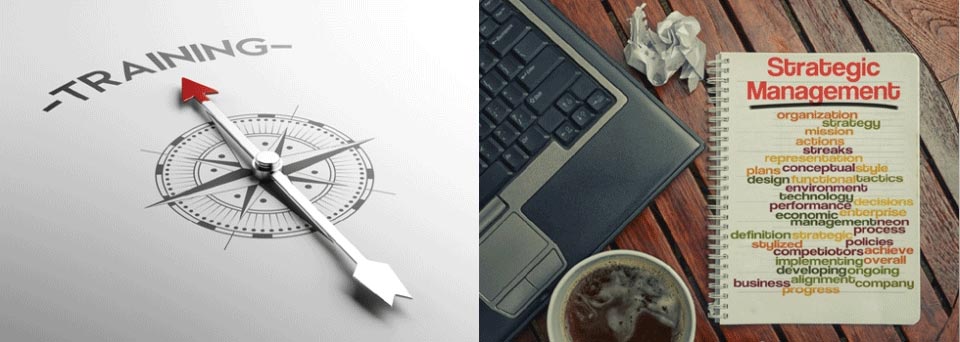Date: 21st July, 2016:The Future of Marketing: Seizing the Customer Experience
Key Speakers: Ms. Mina Seetharaman (Global Director of Content Strategy- The Economist Group) & Mr. Chandar Pattabhiram (Group VP – Marketo)
Forum: https://www.marketo.com/
This write-up discusses the various points learnt during the webinar regarding the shape that marketing is taking and how it will be over the next few years. Various technologies and business models are disrupting existing organizations. These challenges will need to be overcome and only some will be able to deal with this change.
EIU- Group Intro
The Economist Intelligence Unit (EIU) is a global network of analysts and editors founded in 1946. It thrives on media autonomy having set very high content standards. In this study they have conducted thorough business research on how traditional marketing is getting disrupted and how this churn will impact existing organizations.
Study Highlights
The study also questions the role that Chief Marketing Officers (CMOs) will play in the coming years. CMOs need to be on their toes and be alert to fight off or embrace the various marketing trends that will swamp organizations by 2020. Almost five hundred senior marketing executives were interviewed for this. The breakup for that will be explained via the following pie-chart:

Interview Subjects
Some of the senior most executives interviewed during this study were as follows:
$1· Mr. Chris M Kormis- Associate Dean & CMO, McDonough School of Business, Georgetown University
$1· Ms. Kristin Lemkau- CMO, JPMorgan Chase
$1· Mr. Jonathan Martin- CMO, Pure Storage
$1· Mr. Hans Notenboom- Global Head of Digital, Philips
$1· Mr. Keith Weed- CMO, Unilever
Major Findings
Customers these days are connected. They cannot be sold something unless they are genuinely convinced about the product. It has evolved from being a top-down monologue to a lateral dialogue.
The entire sales proposition of the brand depends on the experience that customers go through. CMOs need to take ownership of the customer experience. They need to define what all actions are to be taken at each stage. However, the world of marketing is growing increasingly complex. It is no longer being possible for a single CMO to manage it all. Thus it is imperative that rather than keeping control over all operations, CMOs clinch authentic business intelligence by keeping tabs on customer expectations.
Customer Acquisition
The way a customer finalizes a deal with the company can be better illustrated using the following diagram:
At the Findstage the company goes all out in search of customers. It employs traditional marketing techniques such as phone calls, mass messaging, e-mailers, hoardings or brochures. It also does quite a bit of digital marketing especially using social media.

At the Win stage, the company converts a percentage of leads generated. Next, the company will need to Grow.For thatexisting customers will be used as brand advocates. They will use their own level of influence to gain more customers for the firm. At the last stage, there is the concept of Retain. This is where the organization must make sure that customers once converted need to be serviced well. Only if they get good service will they remain loyal and return.
Customer Engagement Pyramid
The researchers have also developed a pyramid to show the levels of customer engagement that organizations can go for. At the bottom level, it only interests customers. They may even buy the product or service once. On top, they become loyalists, so convinced they are with the product offering. Following is that pyramid:

Single Best Version of Customer Truth
Customer feedback needs to be collated together across all possible demographics, devices and locations. Enormous amounts of data are now available and that needs to be broken down using sophisticated statistical tools. This businessanalytics thus conducted will provide us authentic scenario about the performance of some brand.
Need for Personalization
As audience is extremely varied these days, a one size-fits-all strategy no longer works. Constant tailoring of the content depending on the buyer persona is required. Following are some of the advantages that personalization offers:
$1· Proper understanding of customer wants, needs and desires.
$1· Periodic delivery of relevant content, products and services as required by the customer.
$1· Social media, the internet and mobile apps which will be the main sources for customer engagement in 2020 can be well targeted using personalization.
The Unilever Case
Global FMCG giant Unilever wanted to develop a new hair care and styling product relevant to the times. They partnered with Google to derive the best possible customer search results and feedback. More than eleven billion searches were tracked by Google related to the relevant topics. This enormous chunk of data was then analyzed by the team at Unilever and they came up with something that the customers actually needed. Once the product was actually developed, Google promoted the brand using its own video sharing platform, YouTube which is also the largest in the world.
Conclusion
Like Unilever, Philips also took up such a strategy to map the requirements its customer base had. This inclusive methodology is very good for the present times as it tracks what the customers actually want. Customers are extremely demanding today and they will only care for the brand once it is supplying what is really needed. To stay ahead of the curve, it is essential that CMOs keep track of market developments at all times.
[csblink]



